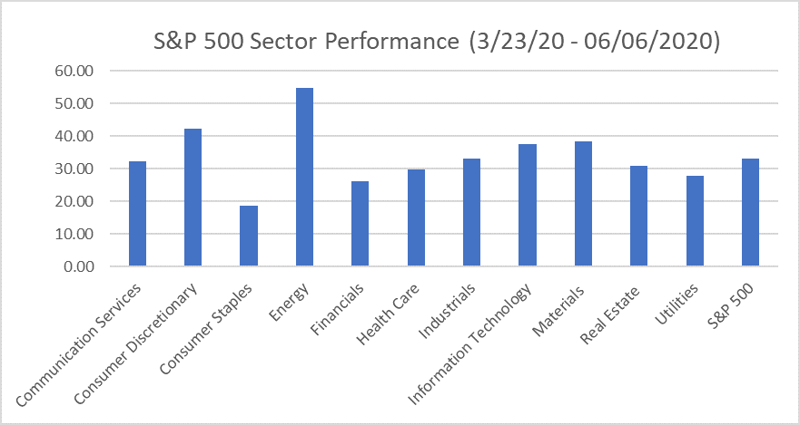A Sector’s Economic and Market Forecasts Are Rarely the Same
In the recent downturn, there are few, if any, pockets of the economy that have suffered as much as the oil industry. Oil prices have collapsed since the start of the year, as supply builds up and a weakened economy saps global demand. U.S. companies have shut in wells, slashed investment, laid off workers, and in some cases, filed for bankruptcy. None of this, of course, is surprising to anyone reading the news … which is why underweighting the sector may not be as easy of a call as it seems.
A key facet of our investment process at Dana is to keep our sector weightings neutral relative to their benchmarks. But at times such as these — when a sector’s economic outlook seems so crystal clear — clients sometimes ask … why not deviate?
The short answer: A sector’s economic performance and market performance often diverge. Our portfolio managers all acknowledge the energy sector is poised to lag most, if not all, sectors, from an economic perspective. But the market made that same assessment rather quickly, making it difficult for any long-term investor to adjust their portfolio quick enough to capitalize on a bearish forecast.
Further complicating sector bets is the fact that once a bleak economic forecast is priced into stocks within a sector, even a small whiff of good news can lead to surprisingly strong market performance, making an underweight to the sector risky. We’ve seen this in the current market environment, as energy has been the best-performing S&P 500 sector since the market trough, despite near-term economic headwinds for the oil industry. (See chart below.) Source: Morningstar Direct
Source: Morningstar Direct
Conversely, while the economic outlook for one sector may be better relative to other pockets of the market, the chances are that stock prices within that sector have been bid up to a point where the expected future return may not be nearly as bullish as the sector’s underlying economic story. We also see this today, as the economic outlook for the technology sector looks firmer than other areas, but valuations are generally higher.
Given the divergent paths of a sector’s economic outlook and market performance, we will stay sector neutral relative to our benchmarks, even when the economic forecast is quite clear. Our own research on the issue has found that individual stock selection is a more effective way to add alpha than sector decisions, and that is where we prefer to keep our focus.



